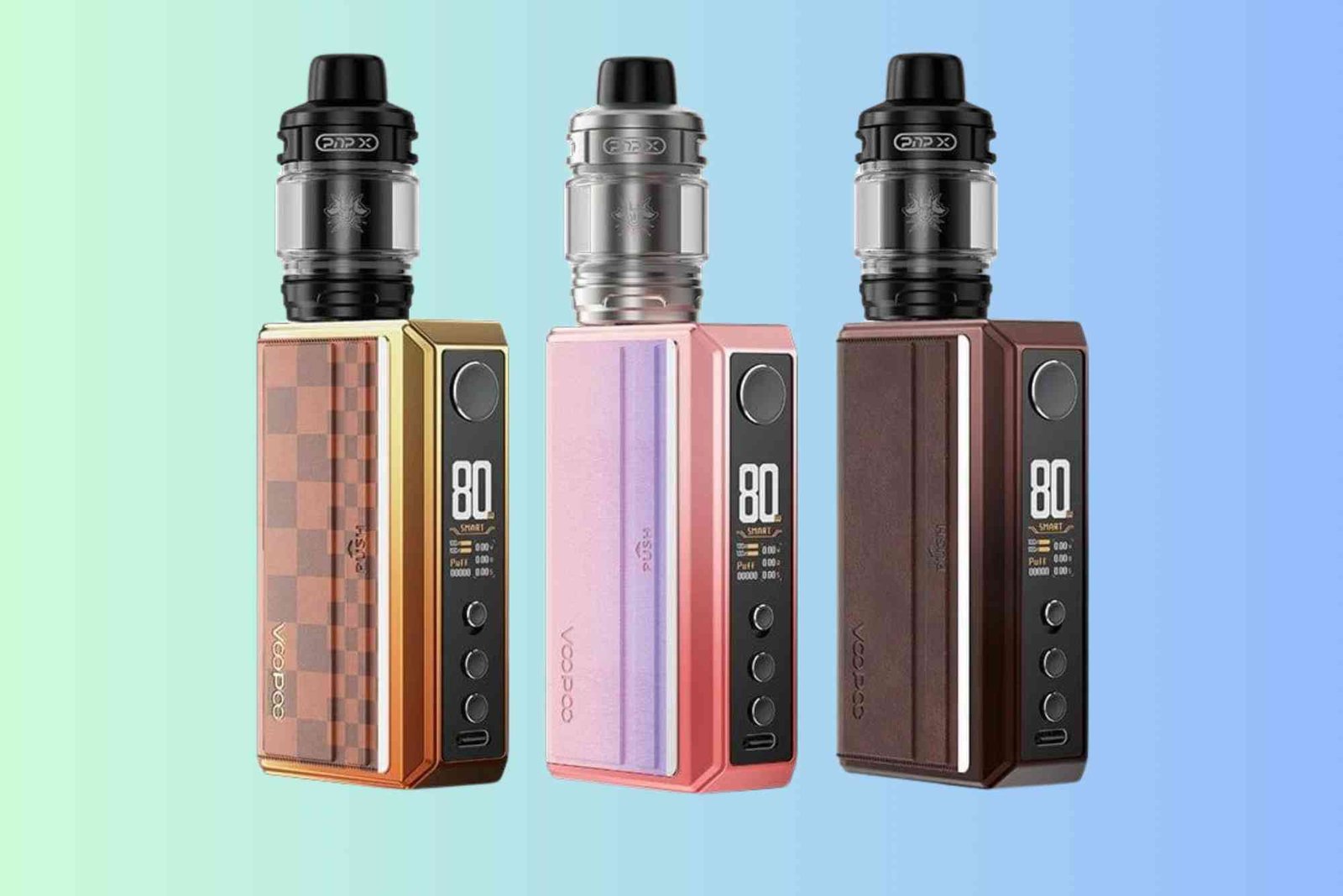The world of gold prospecting has always been filled with excitement, mystery, and the hope of striking it rich. Today, modern technology has given treasure hunters powerful tools to locate precious metals more efficiently than ever before. One of the most intriguing innovations is the long range locator gold detector, a device that promises to detect gold from impressive distances. But how does it actually work? And how can prospectors use it effectively in the field?
In this article, I’ll break down the principles behind these devices, explain the technology in plain terms, and share insights from practical use in different terrains.
Principles Behind Long Range Detection
A long range locator gold detector is different from traditional metal detectors that require you to sweep coils across the ground. Instead, it uses specialized antennas and frequency-based systems to identify the presence of gold at distances ranging from a few meters to several hundred meters.
The core concept is that gold, like other metals, has unique electromagnetic properties. Long range detectors are designed to tune into the frequency signatures associated with gold and other valuable metals. By transmitting and receiving signals, the detector interprets anomalies in the environment, guiding the user toward potential targets.
While skeptics often question their accuracy, seasoned prospectors who learn how to interpret signals and use these devices properly can significantly reduce wasted time searching in the wrong places.
The Role of Frequency and Antennas
The technology of long range locators relies heavily on frequency selection. Gold resonates differently compared to other metals, and detectors are calibrated to recognize this unique pattern. The device emits electromagnetic signals that interact with the ground. If gold is present, it responds in a way that alters the return signal, which the detector then processes into directional guidance.
High-quality devices like the Spark combine sensitive antennas with advanced electronics to extend detection distances and improve accuracy. The Spark, in particular, is known for its user-friendly controls and effective signal processing, making it suitable for both beginners and experienced prospectors. Its design focuses on stability and precision, even in mineralized soils where ordinary detectors often struggle.
Interpreting Detector Signals
One of the most important aspects of using a long range locator is learning to interpret its responses. Unlike traditional detectors that produce clear beeps when metal is detected, long range locators often provide directional cues. The device may indicate a direction where the strongest signal is detected, and users must walk in that path to narrow down the target’s location.
This process requires patience and practice. External factors like soil composition, moisture levels, and interference from other metals can influence results. A skilled prospector will cross-check signals, approach from different angles, and adjust settings to confirm a reading before beginning excavation.
Practical Applications in Gold Prospecting
Long range locators are particularly useful for covering large open areas quickly. Prospectors exploring deserts, mountain ranges, or remote landscapes benefit from the device’s ability to scan wide zones without physically sweeping every inch of soil.
In places like the Middle East, where vast stretches of land may hold gold deposits, long range detectors save time and energy. By guiding users toward promising hotspots, they make the overall prospecting process more strategic and less random. That said, they are often used in combination with traditional detectors for final confirmation and pinpointing.
Advantages and Limitations
The biggest advantage of long range locators is their ability to detect gold from afar. This saves hours of effort compared to traditional sweeping methods. Their lightweight design also makes them easy to carry on long expeditions.
However, they are not without limitations. Environmental conditions, operator experience, and interference can all affect accuracy. Beginners may struggle at first, as interpreting directional signals is not as straightforward as listening to a simple tone. Still, with proper training and persistence, users can achieve impressive results.
Why Training and Experience Matter
Gold prospecting is as much an art as it is a science. Even the best machines cannot guarantee success without an informed operator. Learning how to use ground balancing, frequency adjustments, and directional readings effectively can make the difference between wasted time and rewarding discoveries.
This is why experienced prospectors emphasize practice. Spending time with your detector in different environments builds the intuition needed to separate false signals from real ones. Over time, a prospector learns how to trust the machine while also recognizing its limitations.
The Future of Long Range Detection
As technology advances, long range detectors are becoming more precise and user-friendly. Manufacturers are continually refining antenna design, signal processing, and frequency calibration. Future devices may combine long range detection with GPS mapping, giving prospectors detailed insights into the terrain and potential hotspots.
For now, tools like the Spark are a reliable entry point into the world of long range detection. They balance affordability with performance and give users a chance to explore new horizons in gold prospecting.
Conclusion
Long range locator gold detectors represent a fascinating evolution in treasure-hunting technology. By using frequency-based detection and directional guidance, they allow prospectors to cover vast areas with greater efficiency. While they require practice to master, their ability to save time and energy makes them an invaluable addition to any prospector’s toolkit.
With professional devices like the Spark, gold hunters can combine cutting-edge technology with their own skills and persistence to unlock discoveries that might otherwise remain hidden. For anyone serious about prospecting, understanding how these detectors work is the first step toward greater success in the field.









